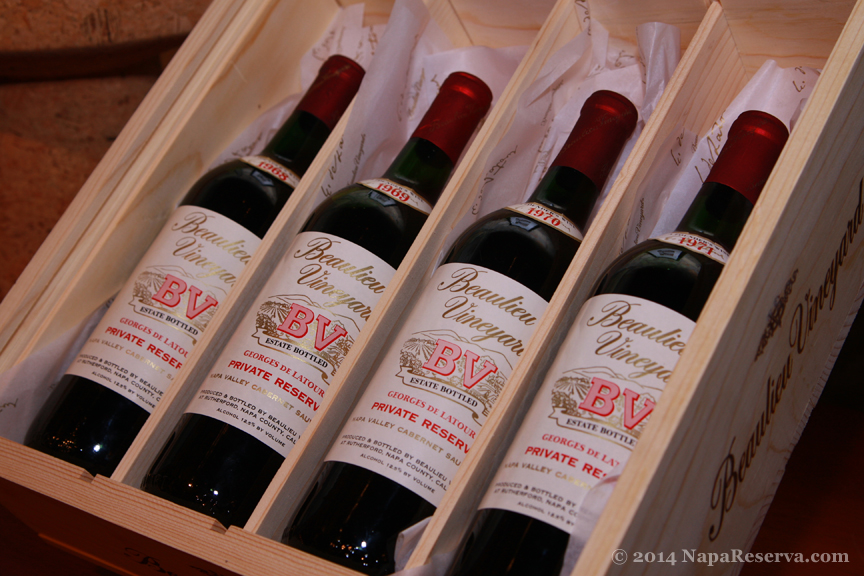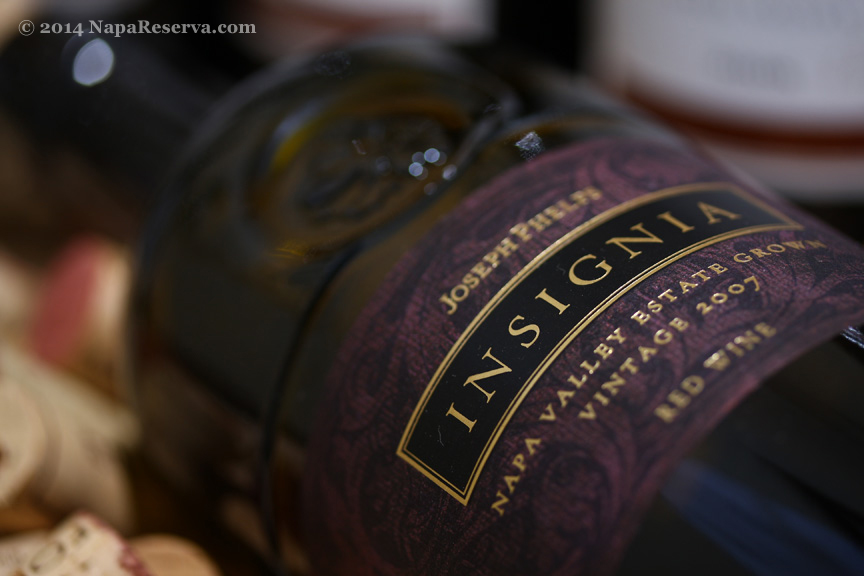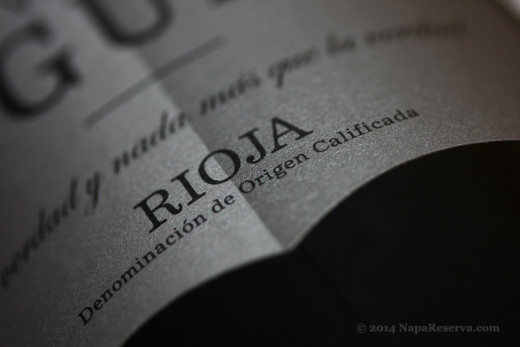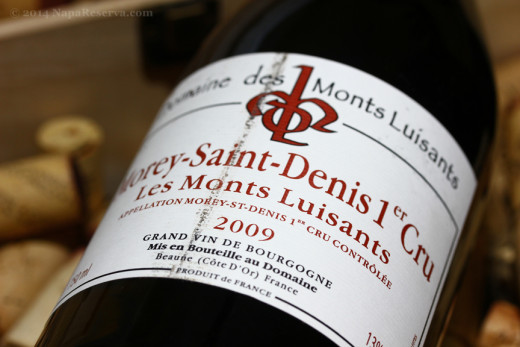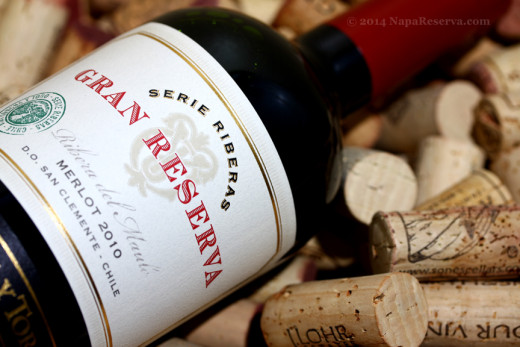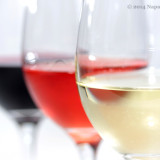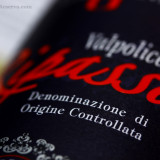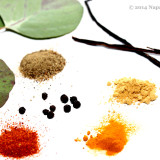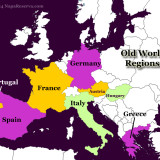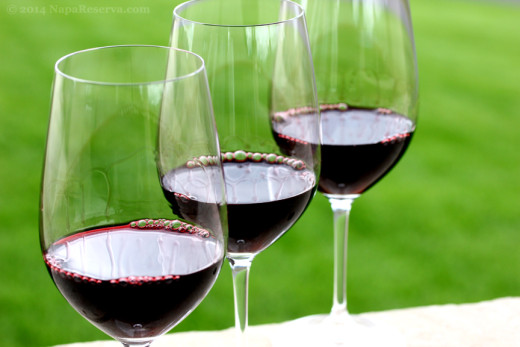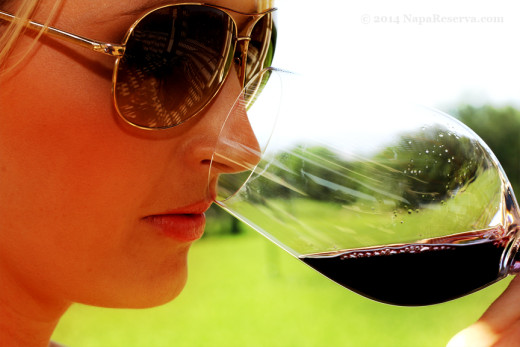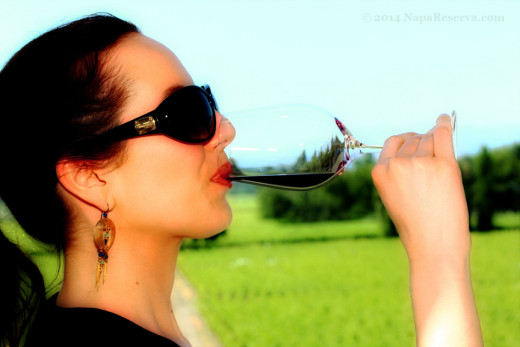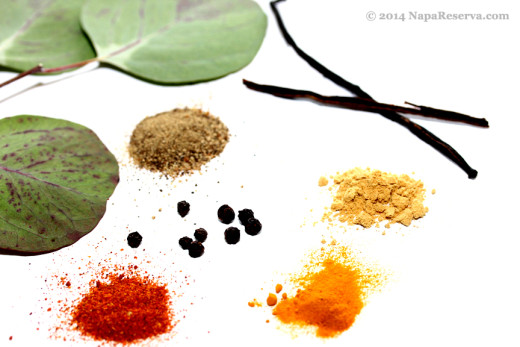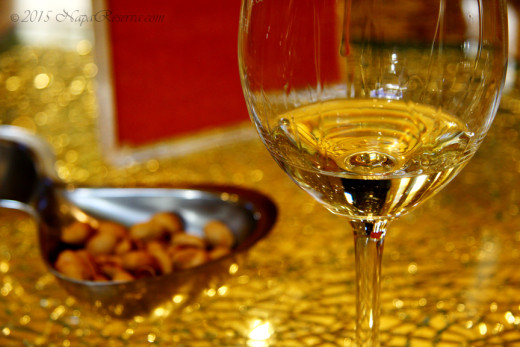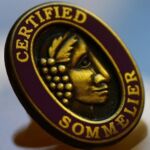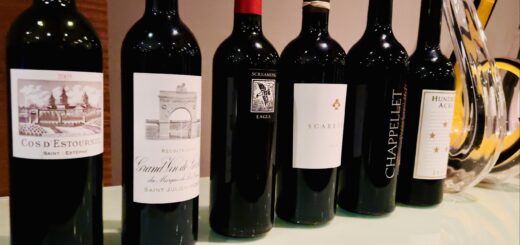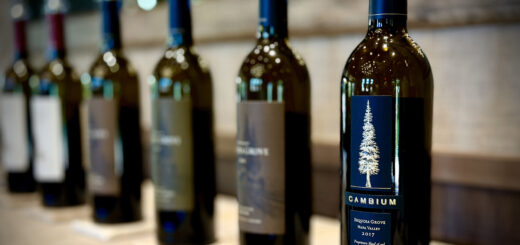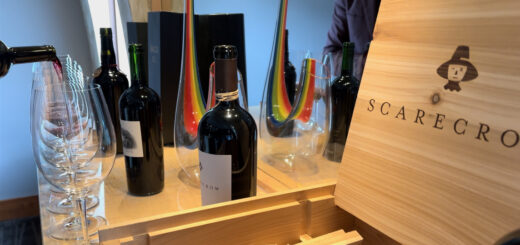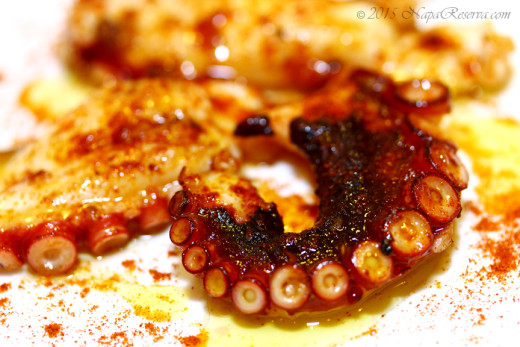Which wines will actually get better with age?
As we learned from the previous article that not all wines will get better with age, only a small number of them will. And when someone talks about aging wines, it isn’t 3 or 4 years they’re talking about, but rather 5-7 years or longer.
The process of aging wine is quite straight forward, let the wines sit in a dark & cool cellar over long period of time. Small amount of oxygen sipping through their corks will help development wines and improve their tastes. Again, only a small number of wines will benefit from aging, it all depends on:
Structure refers to the overall body of the wines. Some wine can be described as thin or watery, in another word, it lacks the structure. Better structure means more robust, complete mouth-feel and thick enough to even chew on the wine. Wines with strong structure or full-body tend to have better aging potential.
Acidity
All wines contain some amount of acidity, some more than others; without it, wines would taste flat, dull and just plain old boring. Wines with higher acidity content are more likely to age better. Acidity acts as a preservative, not only in wines, but in other food products, pickles for example. German Rieslings have been known to age beautifully, with developed complexity and flavors.
Sugar and Fruit Profile
Sugar has long been used as preservative, used in fruit jams and fruit preserves. Sweet wines with higher residual sugar content have been some of the longest aging wines. Dessert wines such as German Trockenbeerenauslese, French Sautener, Portuguese Vintage Porto could age up to 30 years; even some are still very tasty after 40 years in the cellar. Likewise, robust fruit-driven wine (not necessarily sweet wines) can age for well over a decade, such as Napa Valley Cabernet Sauvignon and Shiraz from Barrosa Valley, Australia.
Tannins
Derived from the seeds and skin of grapes, and a smaller amount from Oak Barrels, some describe it as the gritty sand-paper effect on the tongue and teeth. Tannins also add better structure and texture to the wines. Wine with higher tannins often have better aging capability. Grapes famous by their tannic nature are Cabernet Sauvignon, Nebbiolo, Tempranillo and Syrah can last for quite some time under the right condition.
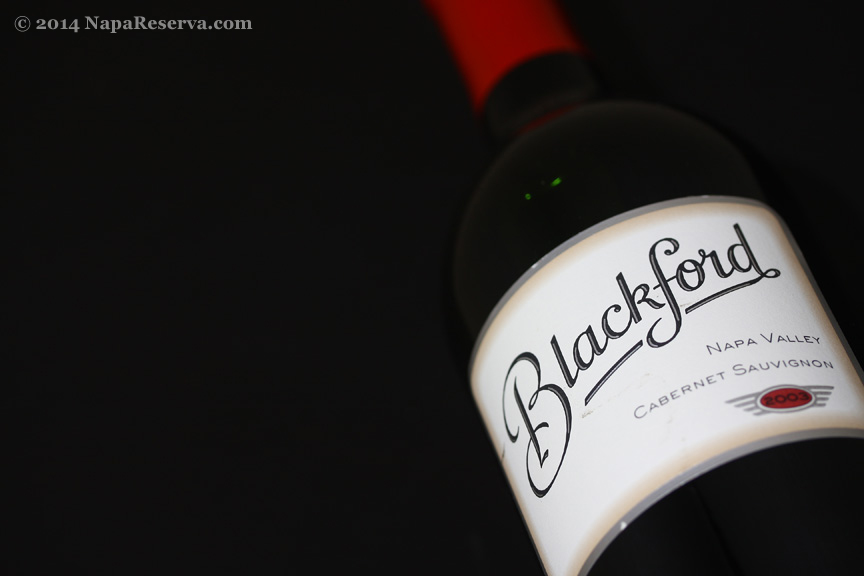 Balance
Balance
Balance is the most important factor of all when it comes to wine aging potential. When aging, wines let nature take its course, blending all components together: tannins soften, calmer acidity, subtle fruits and complex nutty sugar all working in harmony resulting in a more balanced and integrated wine. Too much of acid or fruit, could throw off a wine’s balance and hurt its aging potential.
Many have mistaken higher alcohol content for better aging; perhaps, it was due to the misleading connection between liquor and wine. Liquor generally has much longer aging potential than wine, but that is not because of their alcohol content alone. So, higher alcohol content in wine will likely to throw off the overall balance and decrease its cellar life.
There is no magic formula to predict when a wine will be best to drink, however it is possible to narrow down a wine’s best-drinking window by a few years, of course it also depends on how it is cellared (stored) while aging. So next time when you find a good age-worthy wine, only to let them age, but it’s also a good idea to taste them a year or two apart to experience the different changes they undergo during aging. Remember, the best of them improve with age. Cheers!

